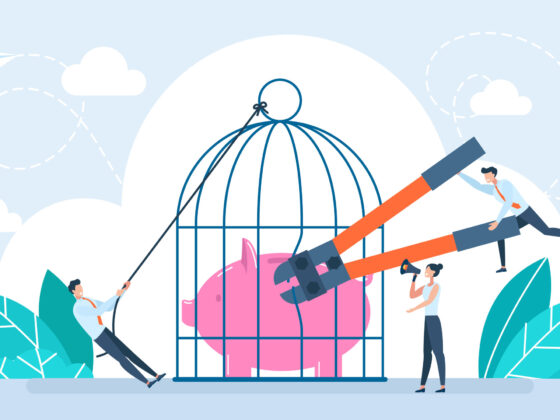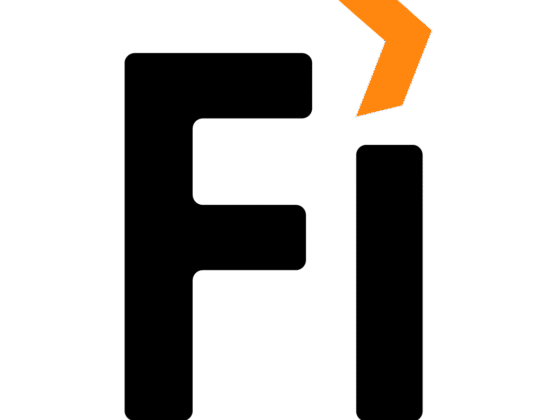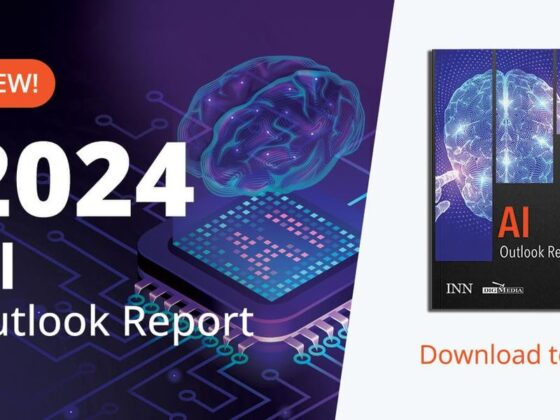Key Points
- Federal student loans still offer stronger protections, but changes to repayment programs, especially for parents, changes the dynamic.
- Private student loans can offer lower rates for creditworthy borrowers or those with a strong co-signer
- Families should weigh costs, repayment flexibility, and forgiveness options before choosing a loan
With interest rates stabilizing and federal repayment programs undergoing major changes, many families are taking a second look at private student loans – especially parent borrowers. While federal loans have long been considered the safer option due to built-in borrower protections and eligibility for student loan forgiveness programs, those advantages now come with more caveats than in prior years.
The recent elimination of the SAVE repayment plan and the pending implementation of the new Repayment Assistance Plan (RAP) in 2026 has created new uncertainty around how income-driven repayment will work.
At the same time, private student loan lenders are offering rates as low as 2.95% for the most creditworthy borrowers, with some offering perks like career coaching, autopay discounts, and hardship deferment options that mimic federal programs.
The question isn’t whether private loans have improved. It’s whether the federal loan safety net is still strong enough to justify the added costs for some borrowers.
Would you like to save this?
Comparing Costs: Federal vs. Private Student Loans
Federal student loan interest rates are pretty “average” when compared to the private market, but they get more expensive for parents and grad students.
For undergraduates, federal Direct Loans come with a fixed interest rate of 6.39% for the 2025-26 academic year. Graduate loans are even higher at 7.94%. These rates apply regardless of credit score or income, and include a 1.057% loan fee deducted upfront.
Parent PLUS loans are the highest, at 8.94%, with a whopping 4.228% origination fee.
By contrast, several private lenders are advertising fixed rates starting below 3% and variable rates around 4% for borrowers with strong credit profiles. For families with a qualified co-signer, the total cost of borrowing could be significantly lower than federal options.
|
Header
|
|
|
|
|---|---|---|---|
|
Rating |
|||
|
Variable APR |
4.34% – 15.25% |
4.24% – 17.99% |
4.37% – 16.99% |
|
Fixed APR |
2.98% – 15.61% |
2.99% – 17.99% |
2.99% – 17.49% |
|
Cell
|
However, those lower rates often come with tradeoffs: no private student loan forgiveness, stricter repayment terms, and fewer deferment or forbearance options in times of hardship. Some lenders offer temporary relief or death and disability discharge, but these are policy-based rather than law-based and may change over time.
Borrower Protections Differ Sharply
Federal student loans still carry several advantages that private loans do not (and sometimes cannot) match:
- Income-driven repayment plans
- Public Service Loan Forgiveness (PSLF)
- Forbearance and deferment rights
- Death and disability discharge under federal law
These protections can be lifesaving for borrowers who face job loss, illness, or income instability. And for borrowers pursuing PSLF or IDR loan forgiveness, private loans are excluded entirely.
Still, not every borrower benefits from these programs. Borrowers who expect to pay off loans in under 10 years, or who never work in public service, may find the lower costs of private loans worth the tradeoff.
When Private Student Loans Might Make More Sense
There are scenarios in which a private student loan could be the better option in 2025:
- Parent PLUS Borrowers Parent PLUS loans carry a fixed interest rate of 8.94% and a loan origination fee of 4.228%. And starting in 2026, the will be required to be repaid only under the Standard Repayment Plan, and they will be ineligible for PSLF.
Private lenders may offer lower interest rates and longer terms that may better fit the needs of parents who are borrowing for children. The tradeoff is the loss of federal protections, but the key benefits (IDR and PSLF) are essentially eliminated in 2026 and beyond.
- Short-Term Borrowers If a borrower knows they will repay a loan within five years, the savings from a private loan with a 3% rate compared to a federal loan at 6.39% (or even higher if you're a grad student) can add up quickly. Those confident in stable income and employment may prioritize lower rates over forgiveness potential they never intend to use.
- Graduate Students With High Earnings Potential Graduate students in business, law, medicine, or other high-paying fields may qualify for private loan rates below federal grad loan rates. Banks love to lend to high income professions, like medical school. Furthermore, with the new graduate school borrowing caps, borrowers may need to turn to private loans to supplement anyway.
Final Thoughts
Families comparing loans need to consider more than just the interest rate. Key questions include:
- Will the borrower qualify for PSLF or income-driven forgiveness?
- Is the borrower’s income stable, or is there a risk of hardship?
- How long will repayment take?
- Is a co-signer available to help secure better private loan terms?
- Are interest rate caps, deferment, or other protections included in the loan agreement?
- Should you get a life insurance policy to protect against that risk?
Private student loans may be the right choice for some borrowers in 2025. But they carry higher risks if life doesn’t go as planned. For those who prioritize flexibility, forgiveness, or safety nets, federal loans still offer peace of mind, but it may be at a price.
Don't Miss These Other Stories:
Editor: Colin Graves
The post Are Private Student Loans Worth It In 2025? Comparing Rates, Risks, and Rewards appeared first on The College Investor.












